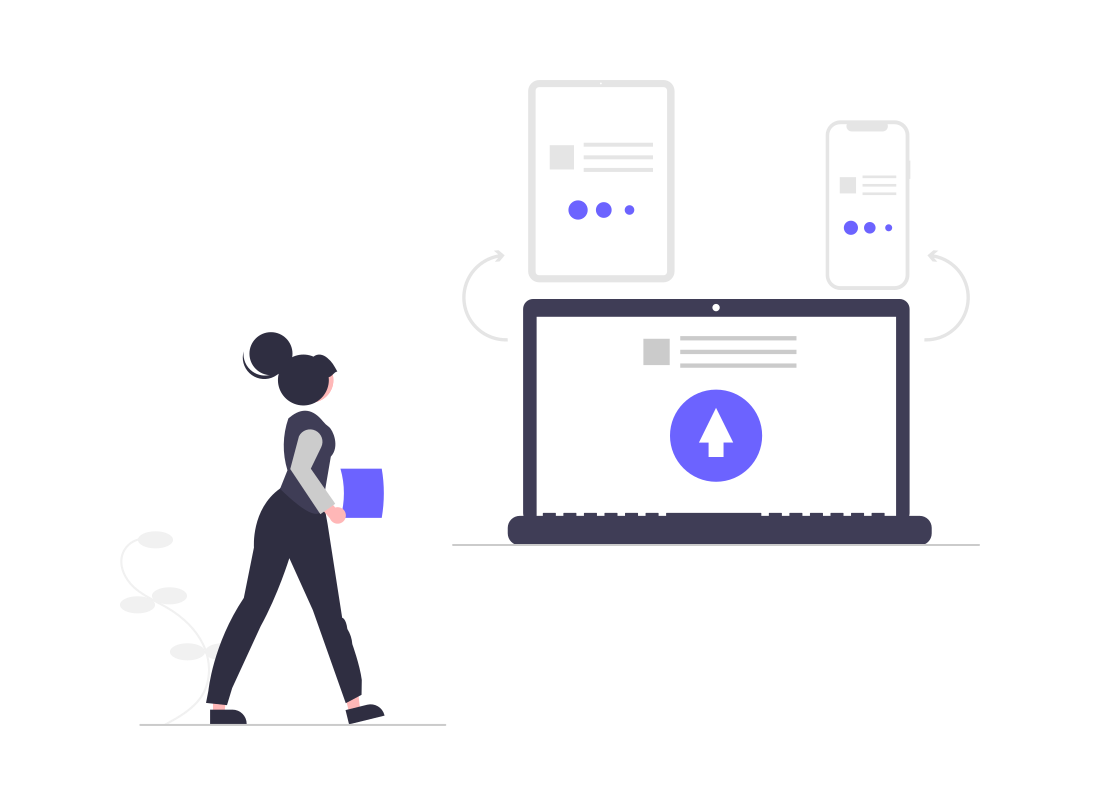Technographic segmentation, a method that segments audiences based on the technologies they use, is rapidly evolving. As technology advances, so do the techniques and tools for technographic segmentation. This article explores the emerging trends and technologies that are poised to shape the future of technographic segmentation and how they can enhance your digital marketing strategies.
The Rise of AI and Machine Learning
Artificial intelligence (AI) and machine learning (ML) are transforming technographic segmentation. These technologies enable marketers to process vast amounts of data quickly and accurately, identifying patterns and insights that were previously unattainable.
Key Benefits:
- Enhanced Data Analysis: AI can sift through large datasets to uncover trends and correlations, providing deeper insights into technology usage.
- Predictive Analytics: ML algorithms can predict future technology adoption trends, allowing marketers to anticipate changes and adapt their strategies accordingly.
- Automation: AI-driven tools can automate the segmentation process, making it more efficient and reducing the risk of human error.
Integration with Big Data
The integration of technographic segmentation with big data analytics is another significant trend. Big data allows marketers to collect and analyze comprehensive data sets, providing a holistic view of technology usage across various segments.
Key Benefits:
- Comprehensive Insights: Big data analytics provides a more detailed understanding of how different technologies are used by various segments.
- Real-Time Data: Access to real-time data enables marketers to make more timely and informed decisions.
- Enhanced Personalization: With more data at their disposal, marketers can create highly personalized and relevant marketing messages.
Advanced Customer Profiling
Technographic segmentation is becoming increasingly sophisticated with advanced customer profiling techniques. These methods go beyond basic demographic and technographic data to include behavioral and psychographic insights.
Key Benefits:
- 360-Degree View: Advanced profiling provides a comprehensive view of the customer, combining technology usage with behavioral patterns and preferences.
- Better Targeting: Marketers can create more targeted and effective campaigns by understanding the complete profile of their audience.
- Improved Customer Experience: A deeper understanding of customer profiles leads to more personalized interactions, enhancing the overall customer experience.
The Role of IoT and Connected Devices
The Internet of Things (IoT) and the proliferation of connected devices are opening new avenues for technographic segmentation. As more devices become interconnected, the data generated provides valuable insights into technology usage and customer behavior.
Key Benefits:
- Rich Data Sources: IoT devices generate vast amounts of data, offering new opportunities for segmentation.
- Behavioral Insights: Connected devices provide real-time data on how customers interact with technology in their daily lives.
- Enhanced Targeting: Marketers can leverage IoT data to create highly specific segments based on real-world technology usage.
Privacy and Data Security
As technographic segmentation evolves, so do the concerns around privacy and data security. Marketers must navigate the complex landscape of data privacy regulations while ensuring that their segmentation practices are ethical and transparent.
Key Considerations:
- Compliance: Adhering to data privacy laws such as GDPR and CCPA is crucial to avoid legal repercussions.
- Transparency: Clearly communicating how customer data is collected, used, and protected builds trust and fosters better customer relationships.
- Data Security: Implementing robust security measures to protect sensitive data from breaches and unauthorized access is essential.
Enhanced Visualization Tools
The future of technographic segmentation will also see the rise of advanced visualization tools. These tools help marketers interpret complex data sets through intuitive and interactive visual representations.
Key Benefits:
- Data Interpretation: Visualization tools make it easier to understand and communicate insights derived from technographic data.
- Decision Making: Interactive dashboards allow for dynamic exploration of data, aiding in quicker and more informed decision-making.
- Collaboration: Visualization tools facilitate better collaboration across teams by providing a clear and accessible view of data insights.
Conclusion
The future of technographic segmentation is bright, driven by advancements in AI, big data, IoT, and enhanced visualization tools. By embracing these emerging trends and technologies, marketers can gain deeper insights, create more personalized campaigns, and stay ahead of the competition. As the landscape continues to evolve, staying informed and adaptable will be key to leveraging technographic segmentation effectively.


